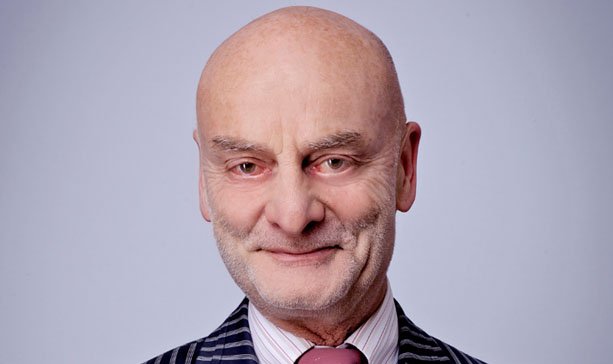
This exhibition curated by Claire Roberts is drawn from the Swiss-based Sigg Collection, widely regarded as the largest and most significant collection of contemporary Chinese art in the world.
Portraits in the exhibition span the period from 1979 to the present and include painting, sculpture, photography, video and installation.
At the National Portrait Gallery in Canberra visitors will see iconic works by established artists including Fang Lijun, Geng Jianyi, Liu Xiaodong, Miao Xiaochun, Wang Keping, Wang Guangyi, Yin Xiuzhen, Yu Hong, Zeng Fanzhi, Zhang Peili, Zhang Xiaogang as well as works by exciting emerging artists such as Yang Na.
At the Sherman Contemporary Art Foundation in Sydney there will be a major installation by Sun Yuan and Peng Yu, plus sculptural pieces by Ai Weiwei, Shen Shaomin and video works by Wang Jianwei and Zhou Tao.
Many of the works are among those recently donated by Uli Sigg to the new M+ Museum for visual culture, part of the West Kowloon Cultural Development, scheduled to open in Hong Kong in 2017.
The Sigg Collection
Collector Uli Sigg “describes the collection as a ‘document’, and his way of ‘accessing China’. In an interview in 2008 Sigg stated that his collection, which numbers more than 2,200 works by some 350 artists, ‘should ultimately repose in China, so that Chinese [people] may become familiar with their own Contemporary Art – which they currently aren’t’. In recent years significant private collections of contemporary Chinese art have developed within and outside mainland China but none have yet come to rival the size, depth and breadth of the Sigg collection.”
(Roberts C., Sigg U., Art In Australia Vol. 50, Spring Edition, 2012)
“Swiss-born Uli Sigg (b. 1946) first travelled to China in 1979, soon after the end of the Cultural Revolution. He entered China following the announcement of the ‘Open-door’ policy, which was part of a larger project of ‘Socialist construction and modernisation’. Sigg had studied law and worked as a journalist in Switzerland before taking up a position in the Schindler Group, a manufacturer of elevators and escalators. He played a key role in establishing the first joint venture company between China and the outside world – the China-Schindler Elevator Company. Since 1979 Sigg has made countless trips to China and has lived there for extended periods, including a stint as Swiss Ambassador to China (1995– 98). Over the course of three decades he has developed close friendships with a wide range of artists that have provided a fascinating perspective on contemporary China.”
(Roberts C., Sigg U., Art In Australia Vol. 50, Spring Edition, 2012)